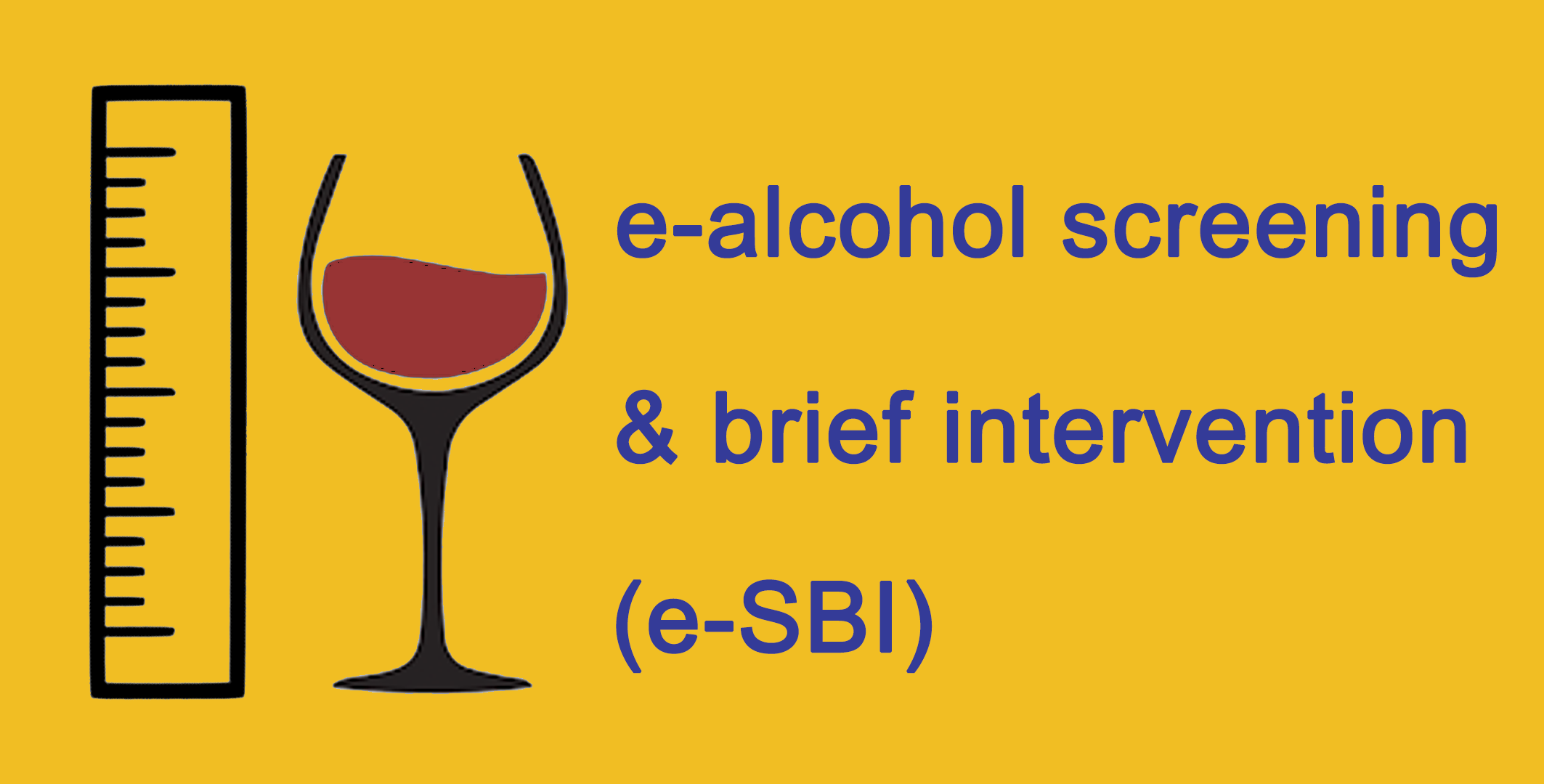NCD Watch
How Much Milk is Enough for Children?
28 Jan 2013 (Mon)
 The Family Health Service of the Department of Health conducted a survey in 2010 on infant and young child feeding in Hong Kong. The survey showed that follow-up formula milk was the most commonly consumed milk product and more than 80% of children consumed follow-up formula milk beyond 12 months old. Among 12-month-old children who drank milk other than breast milk, about 70% of them consumed more than 480ml of milk per day, which exceed the recommended intake of milk per day for children aged over one year old.
The Family Health Service of the Department of Health conducted a survey in 2010 on infant and young child feeding in Hong Kong. The survey showed that follow-up formula milk was the most commonly consumed milk product and more than 80% of children consumed follow-up formula milk beyond 12 months old. Among 12-month-old children who drank milk other than breast milk, about 70% of them consumed more than 480ml of milk per day, which exceed the recommended intake of milk per day for children aged over one year old.
The popularity of follow-up formula milk could be associated with parents' belief about the nutrition of the products. From the study, a majority of parents believed that follow-up formula milk contained "nutrients that promote children's brain development that cannot be provided by other foods". A quarter of parents concurred that "follow-up formula can replace other food to provide nutrients". It should be noted that nutrients (e.g. Docosahexaenoic acid or DHA, prebiotics, and probiotics) taken from formula milk do not produce the same health effects as those taken from natural food sources. Consumption of whole foods is superior over isolated constituents from the nutrition perspective. Moreover, parents believe milk is the major food source of calcium. In fact, a variety of local Chinese food, such as green leafy vegetables (choy sum, Chinese mustard green, broccoli, bok choy, petiole and kale), tofu and fish are also rich in calcium.
For children aged one to five years, consumption of milk constitutes part of a balanced diet. Yet, excessive milk consumption in children is associated with obesity. This habit will also displace children's appetite for main meals. For children aged over one year old, eating a diet containing meat and vegetables, and approximate 2 cups of milk (480ml in total) per day is considered adequate for their calcium requirement. Children eating a diet consisting of ample green leafy vegetables, tofu made by traditional methods* or other calcium-rich foods, will need less than this amount of milk. Older children may replace milk drinking by green leafy vegetables, which has the added benefit of a reduced energy and protein intake and helps to tackle the emerging problem of childhood obesity. However, younger children (e.g. less than 2 years) may still need a significant proportion of their diet in the form of energy-dense fluids.
Establishing healthy eating habits during early years of life is critical for prevention of obesity and chronic diseases in later life. Parents play an active role in child feeding practices, therefore, they should be aware of the amount of milk their children is taking and help them stop drinking milk from feeding bottle after 1 year of age while achieving an adequate and balanced diet for their children.






































